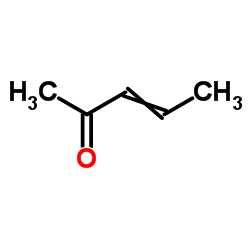| Structure | Name/CAS No. | Articles |
|---|---|---|
 |
3-Penten-2-one
CAS:625-33-2 |
| Structure | Name/CAS No. | Articles |
|---|---|---|
 |
3-Penten-2-one
CAS:625-33-2 |